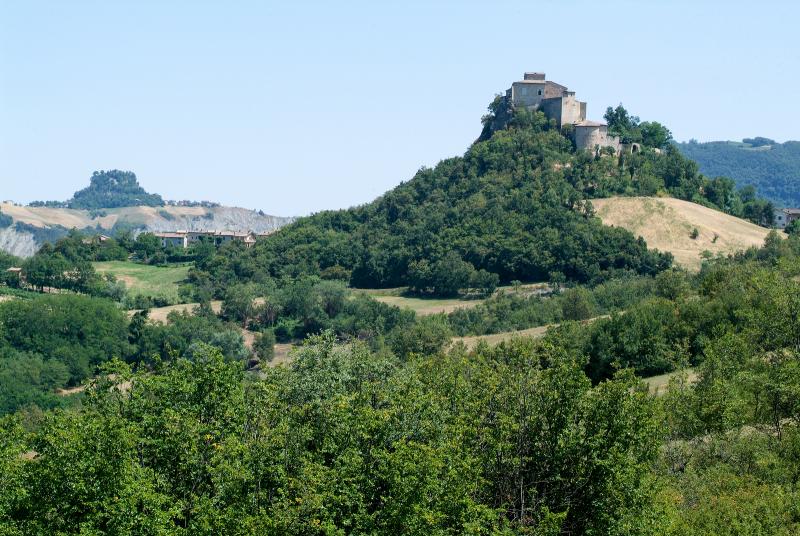‘We are all pilgrims who seek Italy’ (Goethe)
We are aware more than ever about the effect that CoVid19 will have on the future of travel. Perhaps the nature of tourism will change, which in a lot of ways would be welcome as many of Italy cities suffered through overtourism. Perhaps 'slow' and sustainable travel, like walking the Via Matilda described below, is the way forward.
The sacred paths that criss-cross the Italian boot meander through seraphic scenery, offering hikers and ‘slow travellers’ the chance to step back in time. One of the most spectacular – and surprisingly little known – is the Via Matilda, named after the 11th-century countess Matilda of Canossa, whose lands stretched from Lombardy, through Emilia-Romagna, across the Apennines to Tuscany. Following the ancient pilgrim way, which linked Mantua to Lucca, the hiking trail threads through a network of hilltop castles and towers, rural churches and noble monasteries which once adorned Matilda’s crown.
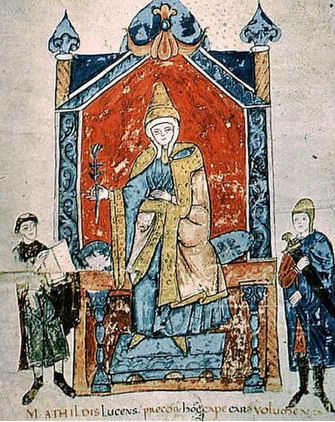
The route is divided in 11 stages, each one corresponding to a day’s walk: 285km in total. It follows river banks, stone paths, mule tracks, and trails through fields, forests and mountain ridges. Despite some heady scenery, ascents are mostly gradual; pilgrimages were for young and old, fit and infirm alike. One of the most beautiful and varied sections begins just outside Reggio Emilia. I followed it as far as Toano – a distance of around 75km; one can do it easily in a long weekend.

Shed the city’s urban sprawl and head south-west, following the River Crostolo to Vezzano. From the Eco Park (a pleasant place for families, where children can interact with the local wildlife), the track rises gently: you pass the pretty stone village of Pecorile - wrapped in an Arcadian landscape - then climb the slopes of Mount Pentile into the Unesco-protected National Park of the Apennines, the borderland between the Alpine north and the Mediterranean.
At the summit of the climb, the air distils: behind you, the Po Valley quivers in a misty haze, and stretching out before you is a sea of milky blue hills that might have been painted by Da Vinci. On the horizon, the rugged outline of Canossa Castle rises like a great steamship. The landscape here is by turns gentle and wild: grasslands and wild-flower meadows give way to corroded sandstone and clay badlands. The silence is palpable - though they say you can hear wolves at night.

Impregnable Canossa - Matilda’s most famous stronghold – was hewn from white rock in the 10th century to form the core of a vast interconnected chain of fortifications that ran across the Apennines. Now romantically crumbled, it’s become a mythical place – an Italian Camelot.
Canossa was the sight of a famous event in 1077 when the Emperor Henry IV walked barefoot in the snow to beg Pope Gregory VII’s forgiveness after a dispute between empire and papacy; Matilda was the mediator. To this day, the expression ‘andare a Canossa’ (‘to go to Canossa’) means ‘to east humble pie’. Later, in the 16th century, the poet Ludovico Ariosto was appointed castellan here – an experience which inspired his descriptions of Atlante’s enchanted castle - ‘rare and rich, of various marbles, wrought with subtle care’ - in the epic romance Orlando Furioso.
The panorama alone is worth the climb: from the ramparts, you gaze across the entire valley to Reggio Emilia, Modena, the Paduan plains, and on a clear day you can see the Euganean Hills around 200km away:
Beneath is spread like a green sea
The waveless plain of Lombardy,
Bounded by the vaporous air,
Islanded by cities fair(Shelley)

An hour’s walk north-west from Canossa, you reach the 11th-century fortress of Rossena, named after the volcanic rock on which it’s built and which gives the hillcrest its evocative shape and red-lava colour. Just beyond it, a lonely watchtower, Rossenella, guards the valley of the River Enza. When there’s a temperature inversion, clouds veil the land below and the crags seems to float in the sky; no wonder pilgrims thought they were walking to heaven.
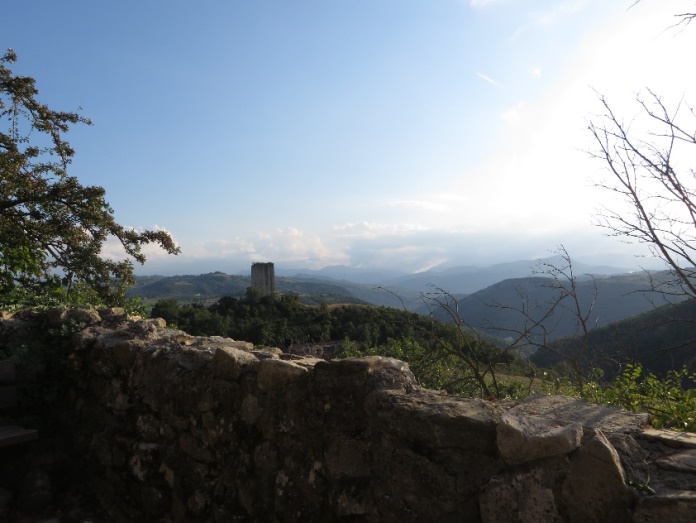
The trail roams south of Rossena, through the shady woods of Pentoma towards the hamlet of Bergogno, and then on - ultimately rising again - to Sarzano, another of the imposing, fortified castles that defended Matilda’s kingdom.
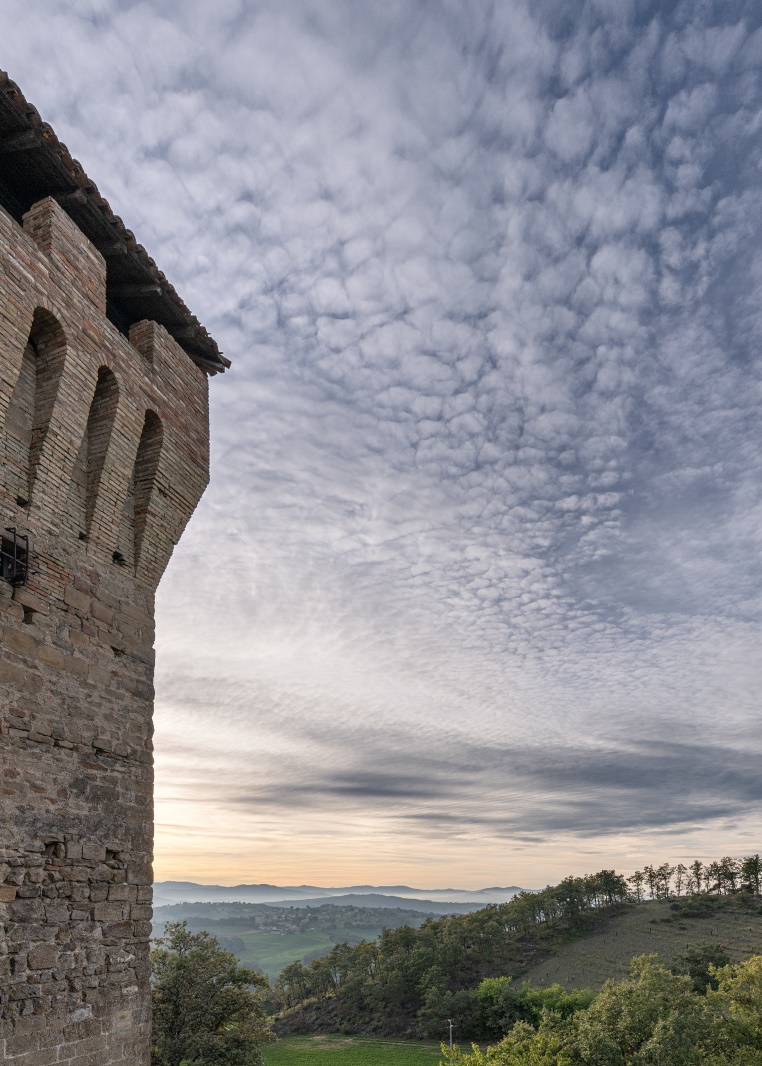
[In The Divine Comedy, Dante places a certain, enigmatic ‘Matelda’ (a figure often thought to have been inspired by Matilda of Canossa) at the summit of Mount Purgatory, watching over an earthly paradise. She is the incarnation of spring, in an Eden-esque garden of flowers and streams. As you clamber up Sarzano tower and look down across the untouched Apennines and the luxuriant river-fed valleys, you might wonder if Dante had this place in mind.]
After Sarzano, the trail drops down to the small town of Casina (where you could take a bus to Carpineti if you’re feeling weary). Casina is famous for its Parmesan cheese, and, in August, it’s the stage for the Feast of Parmigiano Reggiano. If you stick on the hiking path, it eventually passes through ancient, shade-dappled chestnut woods around Marola, where there’s a handsome Romanesque abbey church - built at the request of Matilda - and a former seminary (now a spiritual retreat which will offer guest accommodation from 2020). In the Autumn, the trees are aflame and fallen leaves create a golden carpet along the trail.
Beyond Marola, on the summit of Mount Antognano (over 800 metres above sea level), the fortress of Carpineti lords it over the valleys of the Secchia and Tresinaro rivers. It’s a voluptuous view, across undulating mounds of rock and magma, evocatively called ‘mammelloni’ (‘big breasts’). On the horizon, you see the cone-shaped peak of Mount Cimone and the silhouette of Mount Cusna, known as ‘L’Uomo Morto’ - the ‘Dead Man’ - for it looks like a sleeping giant. In the 11th century, Matilda hosted bishops and popes and dignitaries at regal Carpineti, hence it became known as ‘the new Rome’.
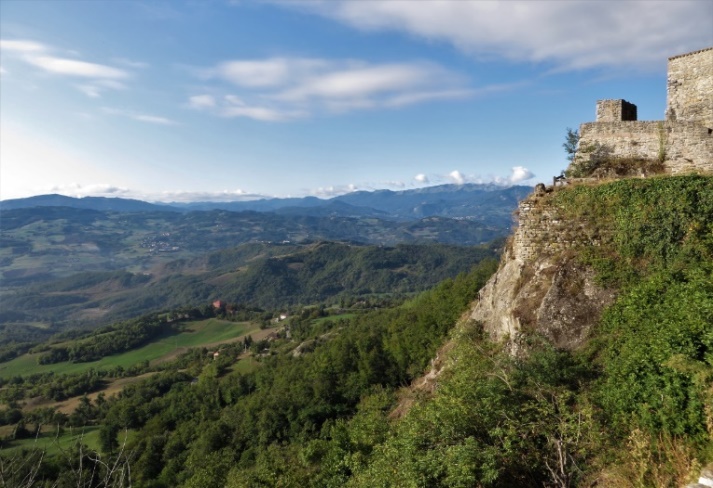
One descends through bucolic scenery: along grassy tracks, through fields of swaying alfalfa and woods of downy oaks, manna ash, maple and hornbeam - ‘carpino’ - the gnarled and mighty trees from which Carpineti takes its name. The song of a lonely cricket, hazy church bells are the only sounds. Eventually, emerging from the woodland, you look back to see an unforgettable sight: the other-worldly monolithic Rock of Bismantova, celebrated by Dante as the glorious summit of Purgatory – the last place before paradise.

Licenced by Creative Commons
The route then winds down the valley of the River Secchia, through an emerald landscape. The lively little town of Cavola – with its shops and sports fields and industries - comes as something of a shock after the silence of the hills, but the cafés provide a useful pit stop before you take the track that leads out through the picturesque stone hamlets of Stiano, Corneto, and Manno, with their medieval tower houses and crumbling manors. As young people trickle out of these quiet hill villages to find work elsewhere, you’ll see many an empty house here – some of them going for a song. Our final destination is Toano, whose Romanesque pieve is a jewel of a place: a rural stone parish church older even than Matilda of Canossa. It’s a serene and spiritual setting where you can reflect on the 75km hike from Reggio Emilia: a thousand years of history in a hundred thousand footsteps.
Practical Information
Further information on walking the Via Matilda is available here. The full itinerary, with distances, elevations, maps, and links to accommodation is available on www.viamatildica.it
For other local tourist information, visit the regional tourist office website.
Places to Visit
One of Reggio-Emilia’s proudest culinary traditions is Parmiggiano Reggiano – the local parmesan cheese. You can follow the process of making it at the family-run Latteria La Campola in Vezzano sul Crostolo.
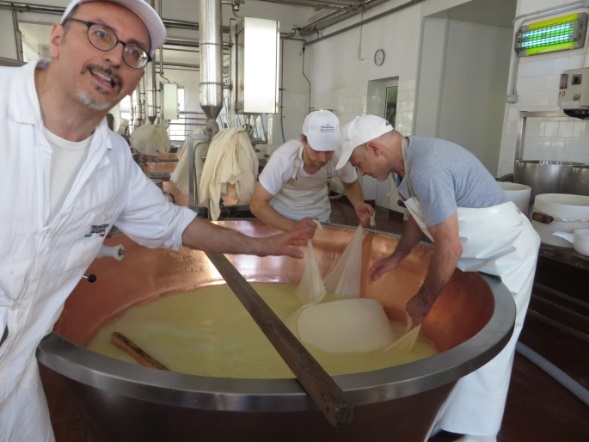
Another culinary tradition dating back to the time of Matilda of Canossa is balsamic vinegar – the ‘marvellous vinegar’ first described by Matilda’s biographer Donizone in the early 12th century. Agriturismo Cavazzone (near Reggio) offers tastings of their home-produced nectar vinegars (some are up to 200 years old) and tours of the traditional barrel- and cask-filled cantinas, as well as characterful lodgings in rustic Emilian style.
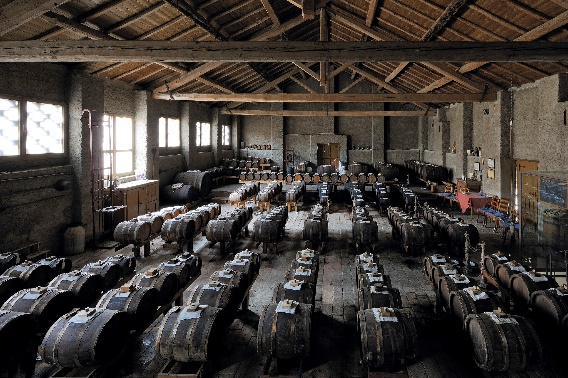
The Apennine villagers are celebrated for their traditional artisan skills. Athaena (near Toano) is a fabulous art and sculpture restoration workshop where Giovanni Gazzotti offers wonderful visits and practical experiences.
All of Matilda’s strongholds - Canossa Castle, Carpineti, Rossena, and Sarzano are open to the public. For details of opening times and guided tours, click on the links above.
To visit the Pieve di Toano, tel: 0039 0522 805110 or email: turismo@comune.toano.re.it
Where to Stay
The area remains blissfully free of mass tourism, so lodgings are traditional and unpretentious. Along the Via Matilda you’ll find agriturismi, simple hotels, B&Bs, pilgrim houses, hostels, convents, monasteries, and vacation homes. Groups of 10 or more can stay at Rossena Castle. Detailed listings (with web links) are given under each stage of the journey on www.viamatildica.it.
